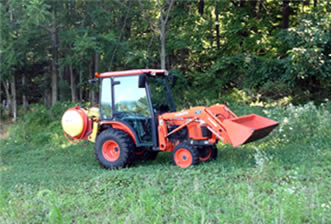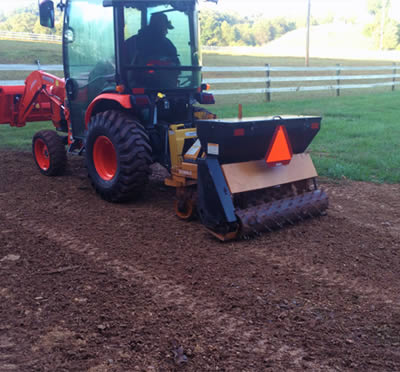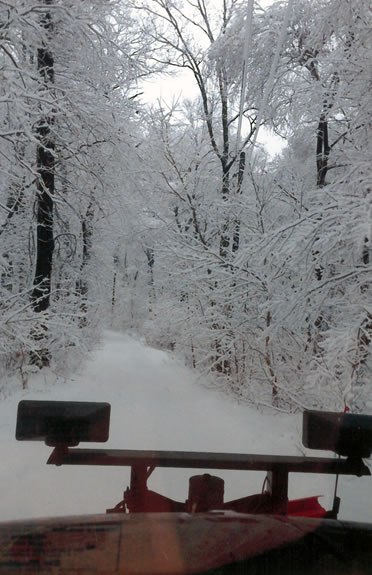

- Nutrient Management Plan writing for MD & soil tests
- Pesticide Application MD & VA
- Planting & Overseeding
- Wildlife Food Plots
- Invasive Plant Control
- Fertilizer & Lime application (dry and liquid) utilizing GPS-guided equipment and foam marking system
- Algae & Plant Control in ponds
- Habitat Improvements
- Tree Planting Maintenance
- Organic Soil Amendments
- Plantings for the benefit of pollinators
- Brush Mowing

METHODS Used to Control Invasive Plants
- Backpack Sprayers
- Hack & Squirt
- Basil Bark
- Foliar Spray
- Cut Stump
- Mechanical
- Tractor Sprayers

Invasive Plants TREATED
- Ailanthus (Tree of Heaven)
- Japanese Stilt Grass
- Broadleaf Weeds (Pastures)
- Bradford Pear
- Aquatic Plants
- Thistles
- Bamboo
- Mile-a-Minute
- Barberry
- Bush Honeysuckle
- English Ivy
- Oriental Bittersweet
Need help identifying your invasive plants?
University of MD website

WINTER- A great time to get a jump start on Invasive Control and Good Pasture Management
Invasive species removal – Bamboo removal, bush/brush removal, vine removal/treatment
Why remove invasive plants? Invasive plants cause harm to the entire ecosystem of a natural area. Vines will suffocate and kill trees, as well as covering native bushes and wildflowers not allowing them to provide food for native insects and other wild life. Invasive plants also degrade the health of the forest, taking nutrients and sunlight from native species and in some cases changing the soil conditions to favor invasives as opposed to native plants. Removal of the invasives would require a multi-year plan and several visits to get the forest back to a good state. Cold weather provides a good starting opportunity to access overgrown sites and areas to clear out the invasive plants allowing native plants to have a chance. Spring/Summer follow-up with herbicide treatment would be recommended.
Fence Row Clearing?
Best accomplished in the winter. Spring herbicide treatment would be recommended after clearing.
Brush mowing
Lime Application (Dry & Liquid)
Get a head start on the PH correction of your pastures and hay fields. We can apply Lime throughout the winter months to help get the soil ph corrected before the growing season. Soil tests would be recommended ahead of time.
Nutrient Management Plans- Is yours up to date?
Annual update to your NMP if you apply manure to your fields. All other NMP are good for 3 years.
Tree Planting Maintenance – Shelter Maintenance
A good practice would be to stand up and support any down tree tubes before spring.
Good Pasture Management
University of MD website
https://mda.maryland.gov/resource_conservation/counties/seasonalpastmanguide%20_2_.pdf

